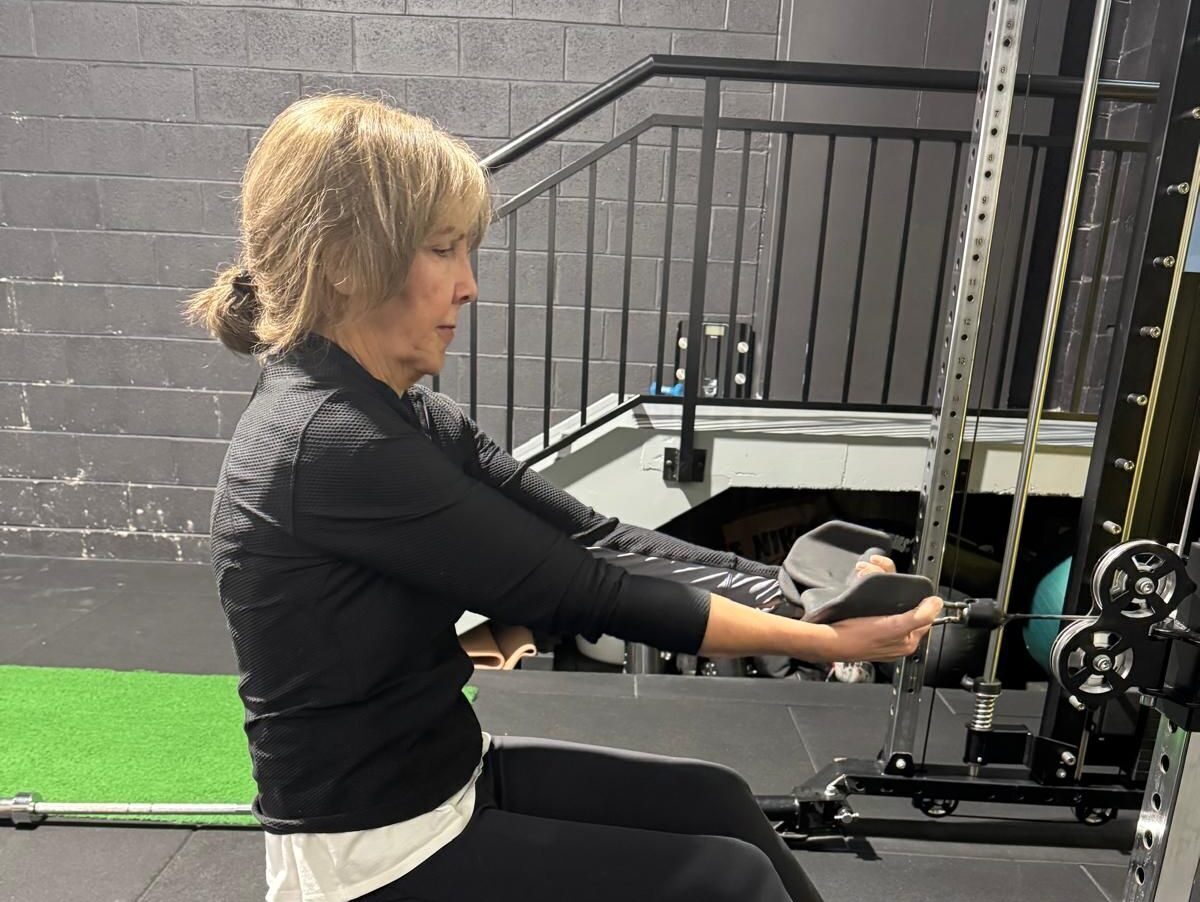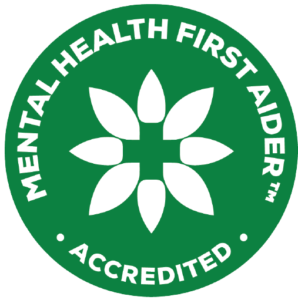
When it comes to maintaining a healthy body, we often focus on things like cardiovascular health or weight management, but one of the most important aspects of overall wellness is often overlooked: bone health. Our bones provide structure to our body, protect vital organs, and allow us to move freely. However, as we age, bones become more susceptible to conditions like osteoporosis and fractures. The good news? Exercise for bone health can play a crucial role in preventing these issues and maintaining strong, healthy bones throughout life.
Why Bone Health Matters
Bone health is crucial for mobility, balance, and overall physical function. Bones are living tissue that undergo constant remodeling, with old bone tissue being broken down and replaced by new bone tissue. Bone density (how much bone mineral content is in your bones) is vital to their strength, and it peaks in our early 30s before gradually declining with age. This decline can lead to conditions like osteopenia (low bone mass) or osteoporosis (a disease that weakens bones), putting individuals at higher risk for fractures, particularly in later years.
The Link Between Exercise and Bone Health
Exercise plays a fundamental role in building bone strength and preventing bone loss. Weight-bearing activities, in particular, stimulate bone-forming cells, leading to stronger bones over time. Here’s how regular physical activity helps improve bone health:
Weight-Bearing Exercises: Strengthening Bones Naturally
Weight-bearing exercises such as walking, running, dancing, or hiking are some of the best activities for building bone density. These activities force your body to work against gravity, putting stress on the bones and encouraging them to adapt and grow stronger. For example, a simple walk in nature can have a profound effect on your bone strength, helping to prevent bone density loss.
Strength Training: Building Bone Density and Muscle
Lifting weights or engaging in resistance training is also an excellent way to increase bone density. Studies show that strength training exercises stimulate bone forming cells, enhancing bone mineral content and strength. Regular weight training helps maintain strong bones and reduces the risk of osteoporosis. For those concerned about maintaining bone health, strengthening exercises for bones should be part of any fitness regimen.
Balance and Flexibility Exercises: Fall Prevention
Exercises that improve balance, such as tai chi, yoga, or Pilates, also play a key role in bone health. These activities enhance muscle coordination, flexibility, and balance, reducing the risk of falls and fractures. Since bone fractures in older adults are often caused by falls, exercises that improve balance are essential for bone injury prevention.
High-Impact Exercises for Bone Strength
High-impact exercises, like running, basketball, or skipping, can also help increase bone density, especially in younger individuals. These types of activities increase the load on your bones, prompting them to strengthen and adapt. However, for those with existing bone conditions like osteoporosis, it’s crucial to consult with a healthcare provider before engaging in high-impact exercises to avoid injury.
Specific Exercises to Improve Bone Health
If you’re looking to improve your bone health through exercise, consider incorporating these movements into your routine:
- Walking: (In mature) A simple, accessible weight-bearing exercise that can be done anywhere.
- Squats and lunges: These bodyweight exercises target the legs and hips, which are key areas for bone health.
- Resistance exercises: Great for building strength in bones and muscles.
- Push-ups: Help strengthen upper body bones, including wrists, arms, and shoulders.
- Jumping or skipping: These high-impact exercises are great for improving bone density, especially for the hips and legs.
Bone Health for All Ages
It’s never too early or too late to start focusing on bone health. In fact, exercising in your 40s and 50s is just as important as doing so in your younger years. Early intervention through exercise can significantly reduce the risk of osteoporosis and related fractures as you age. Furthermore, maintaining an active lifestyle throughout your life helps ensure stronger bones in the long run.
Nutrition for Healthy Bones
While exercise is key to building and maintaining strong bones, don’t forget the importance of nutrition in supporting bone health. A balanced diet rich in calcium, vitamin D, and magnesium is essential for bone strength. These nutrients work synergistically with exercise to promote bone density and strength. Foods like dairy, leafy greens, nuts, seeds, and fish are excellent sources of the nutrients your bones need to stay strong.
Exercise is one of the most effective ways to improve and maintain bone health, no matter your age. Incorporating weight bearing, strength, and balance exercises into your routine will help you build bone strength, prevent bone loss, and reduce your risk of fractures. Alongside regular physical activity, proper nutrition is essential to support healthy bones throughout your life. Whether you’re just starting out or looking to refine your current fitness routine, focusing on bone health through exercise can help ensure you stay strong, mobile, and independent for years to come.
If you’re ready to take charge of your bone health, consider incorporating some of these exercises into your weekly routine. Need personalised advice? Contact us at Live Well Fitness, and we’ll help you build a plan that strengthens your bones and supports your overall wellness goals!
Related blog post:
- Resistance Training Edges Out Cardio for Brain Health
- Prevent Cognitive Decline – Benefits of Personal Training: How Exercise Improves Brain Function and Prevents Cognitive Decline
- Should people over 50 take creatine?
- Why Women Over 50 Should Be Lifting and Sprinting Every Week
- Alzheimer’s Disease and Aging: How Exercise Can Help Protect Your Brain




